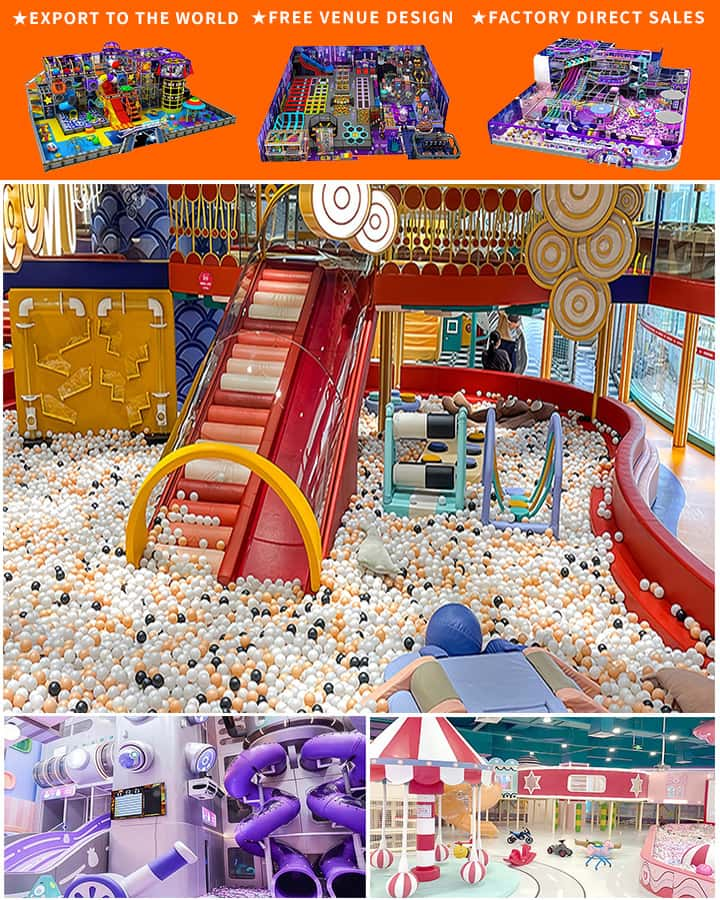As parents and caregivers, providing a safe environment for children to play is of utmost importance. With the growing variety of indoor play equipment available today, ensuring that these items are both fun and safe can sometimes be challenging. This article focuses on key considerations for maintaining safety when it comes to kids’ indoor play equipment.
1. Age Appropriateness
One of the first aspects to consider is the age appropriateness of the play equipment. Different pieces of equipment are designed for different age groups, taking into account the physical and cognitive abilities of children as they grow. Ensure that the play equipment matches your child’s developmental stage to prevent accidents and injuries. Manufacturers usually provide age recommendations, which should be adhered to strictly.
2. Material Quality
The material from which the play equipment is made plays a significant role in its safety. Non-toxic, durable, and easy-to-clean materials are ideal. Avoid equipment made from cheap, brittle plastics or materials that can easily break into small, hazardous pieces. Wooden play structures often offer sturdiness and durability but should be free from splinters and sharp edges. Metal frames need to be powder-coated to avoid rust and sharp points.

3. Design and Construction
The design and construction of indoor play equipment are crucial. Look for well-constructed items with smooth edges and corners to prevent cuts and scrapes. The equipment should have a stable base to prevent tipping over, especially if it’s tall or has multiple levels. Additionally, any moving parts should have adequate guards to protect little fingers from getting caught or pinched.
4. Supervision and Assembly
Supervision cannot be overstressed when it comes to children using indoor play equipment. Always monitor your child during playtime to quickly address potential hazards. Proper assembly is equally important; follow the manufacturer’s instructions meticulously to ensure all parts are correctly attached and secure before allowing your child to use the equipment.
5. Safe Use Guidelines
Establish clear guidelines for the safe use of indoor play equipment. Teach your children how to use the equipment properly and set rules to follow, such as no jumping off high platforms or not overloading the equipment with too many children at once. Regularly inspect the equipment for any signs of wear and tear, and make necessary repairs or replacements promptly.
6. Space Considerations
The area where the indoor play equipment will be set up is another critical factor. Make sure there is enough space around the equipment for safe play without the risk of collisions with walls, furniture, or other objects. Clear the area of any clutter that could pose tripping hazards or interfere with safe movement.
7. Cleaning and Hygiene
Maintaining hygiene is essential, especially given that indoor play equipment can accumulate dust, dirt, and germs. Regularly clean the equipment with appropriate cleaning agents and methods recommended by the manufacturer. This helps prevent the spread of illnesses and keeps the play area inviting and pleasant for children.
Conclusion
By considering these factors—age appropriateness, material quality, design and construction, supervision, safe use guidelines, space, and hygiene—you can create a safer environment for your children to enjoy their indoor playtime. Investing the time and effort into ensuring the safety of play equipment allows kids to explore, learn, and have fun while minimizing the risk of injury.




